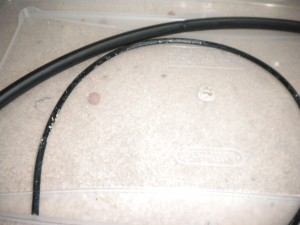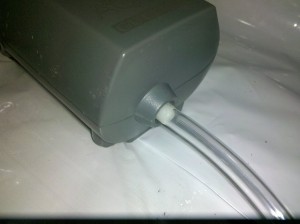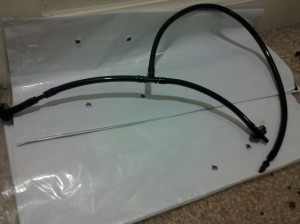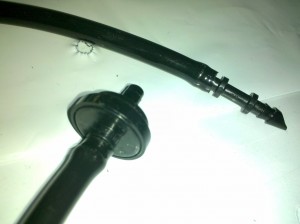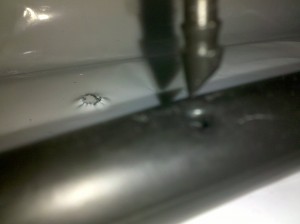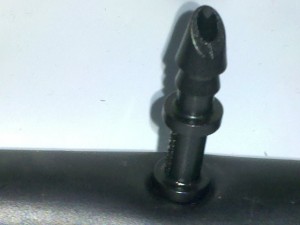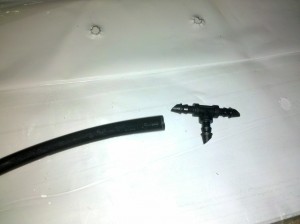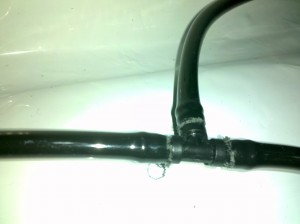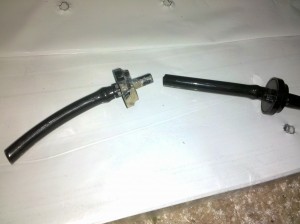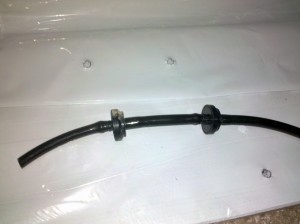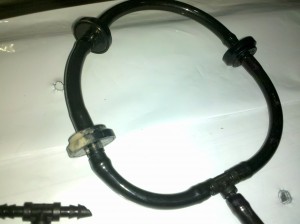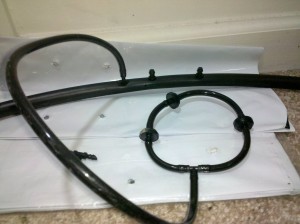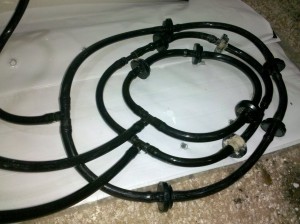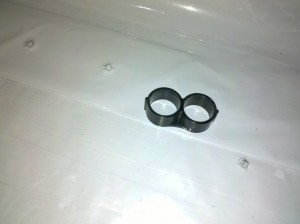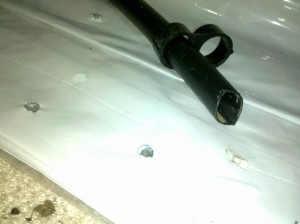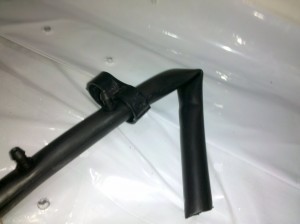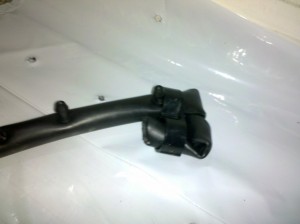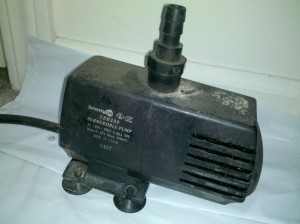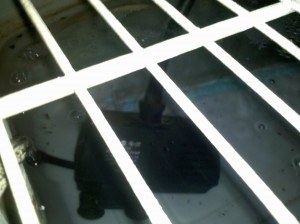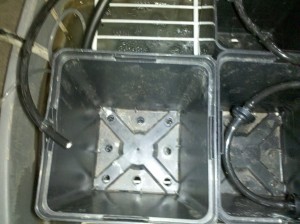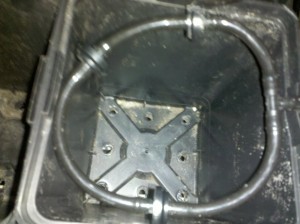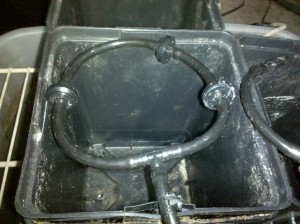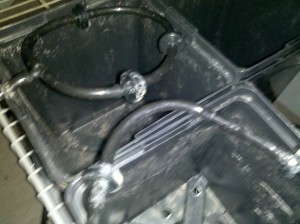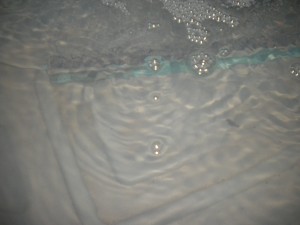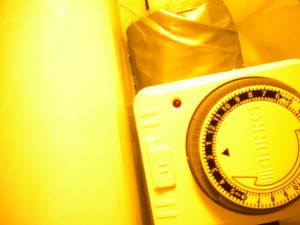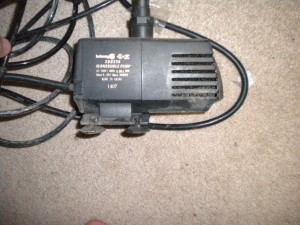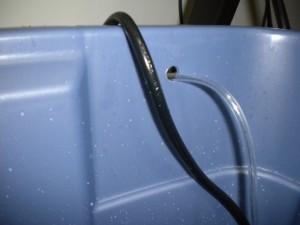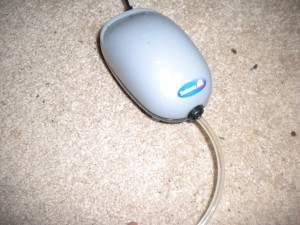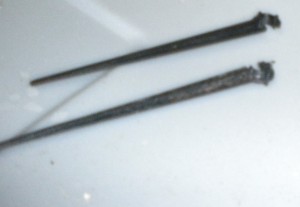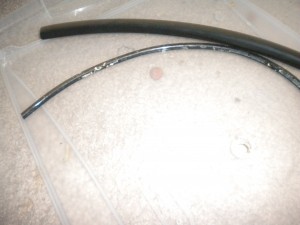A large hydroponic system can use a lot of water. Most indoor gardeners are concerned about the environment and wan’t to reduce their carbon footprint. Growing your own food at home is a great way to be green. Gardeners don’t want to be consuming more than they have to because that would be completely counter productive. There are ways to get your water for free and recycle at the same time. You can use any sturdy food safe container that can withstand your area’s outdoor conditions as a reservoir for rainwater.
Depending on when it rains in your area you may need to plan to catch the rain water during its season. Collecting rainwater is easy and even though it may not cover all your water uses, it will certainly reduce the amount of water you pull from your city or well. You don’t have to be an indoor gardener to have uses for rain water, although you should run your water through a reverse osmosis system to make sure its clean. RO water is better gardeners anyway because you know exactly what you are putting in. If you would just like to go buy a water collection system your local hydroponics shop should have something you can use. The water barrels at the hydroponic store are usually 55 gallon barrels with a lid.
I plan to write a detailed guide in the near future on how to start your own homemade rain collection system. In the meantime, Hydroponic Economics will be accepting pictures of anyone else who has started a rainwater collection system. Send your pictures to mailbox@hydroponiceconomics.com and you may be featured on the website!
